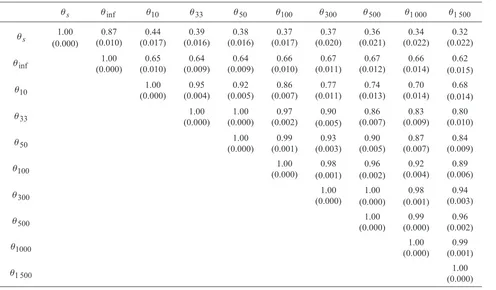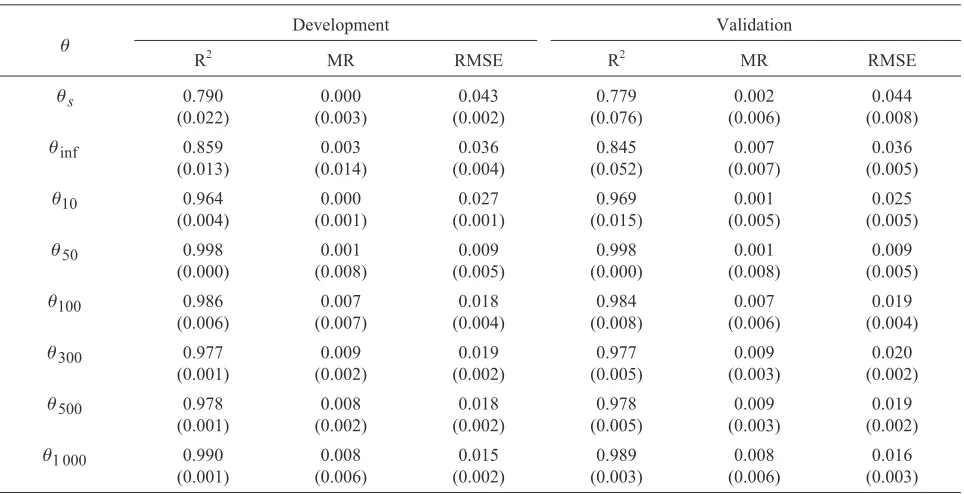Point pedotransfer functions for estimating soil water retention curve
Full text
Figure




Related documents
Full name of the author(s) (lower case letters, font - bold, alignment at the right edge); academic degree, academic title, position (right margin alignment);.. place of work
Based on the authors’ experience and research during more than fif- teen years of transition from a centrally planned economy toward a free- market economic system, an original model
Now that you have subscriptions for channels, you can get all the relevant information through the links on My Page: My literature, My Registrations, My grades, My timetable,
Methods: We recruited patients with acute ischemic stroke, measured stroke severity, stroke subtype and recorded four-hourly tympanic (body) temperature readings from admission to
We build on previous studies on stepfather presence, particularly on Lawson and Mace (2010) , by including measures of investments children receive from the mother and her
Upper right: Correlations between measures (Pearson coefficients).. typically receive little attention and yet a substantial pro- portion of subjects display impairments in
In this paper we ex- tend the methodology previously applied by giving our “ true ” pollution data a more representative distribution spatially (i.e. allowing for the
Goldman, Petrostate: Putin, Power, and the New Russia (Oxford University Press, 2008); Jeffery Mankoff, Russian Foreign Policy: The Return of Great Power Politics, Second Edition